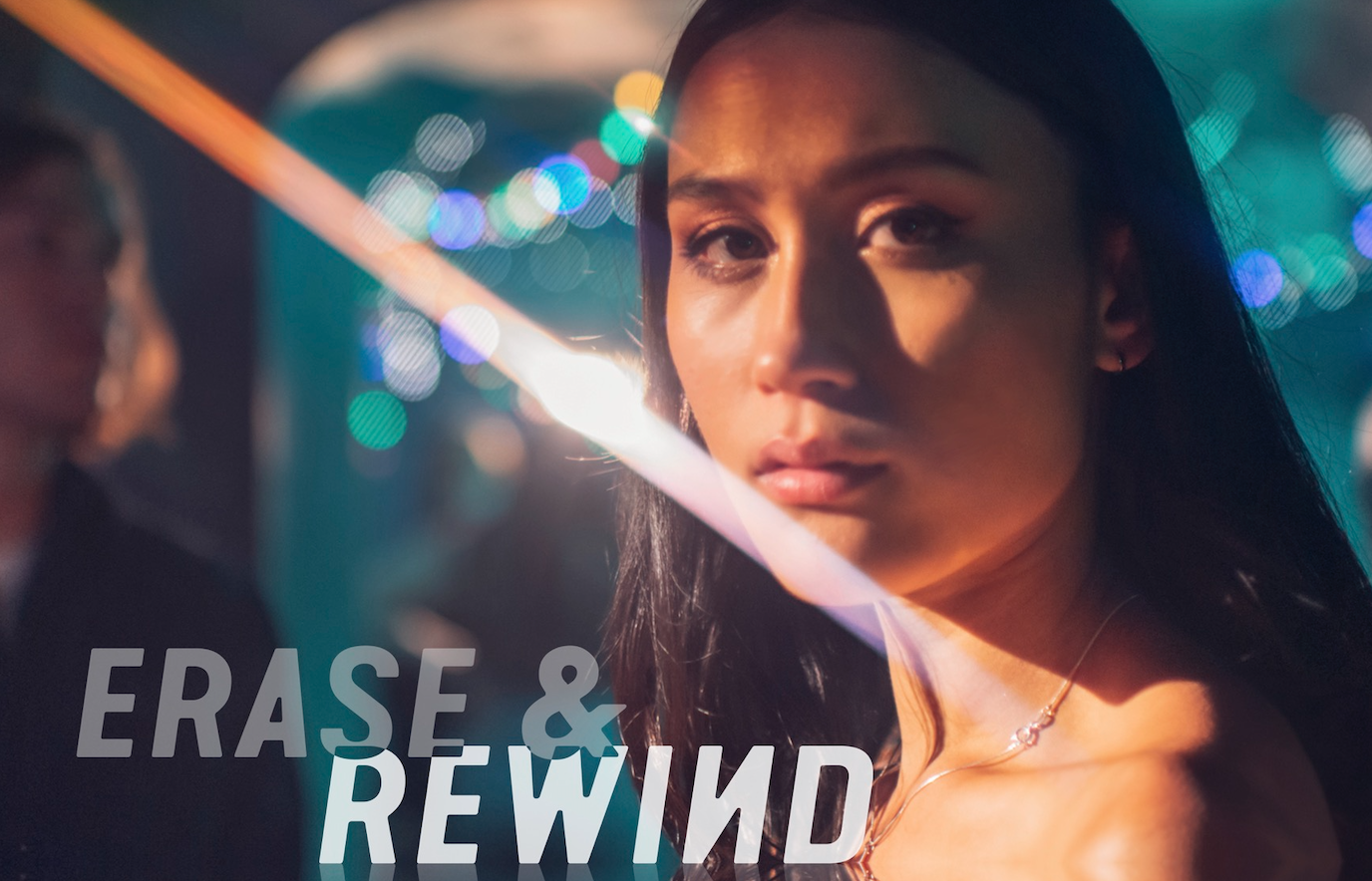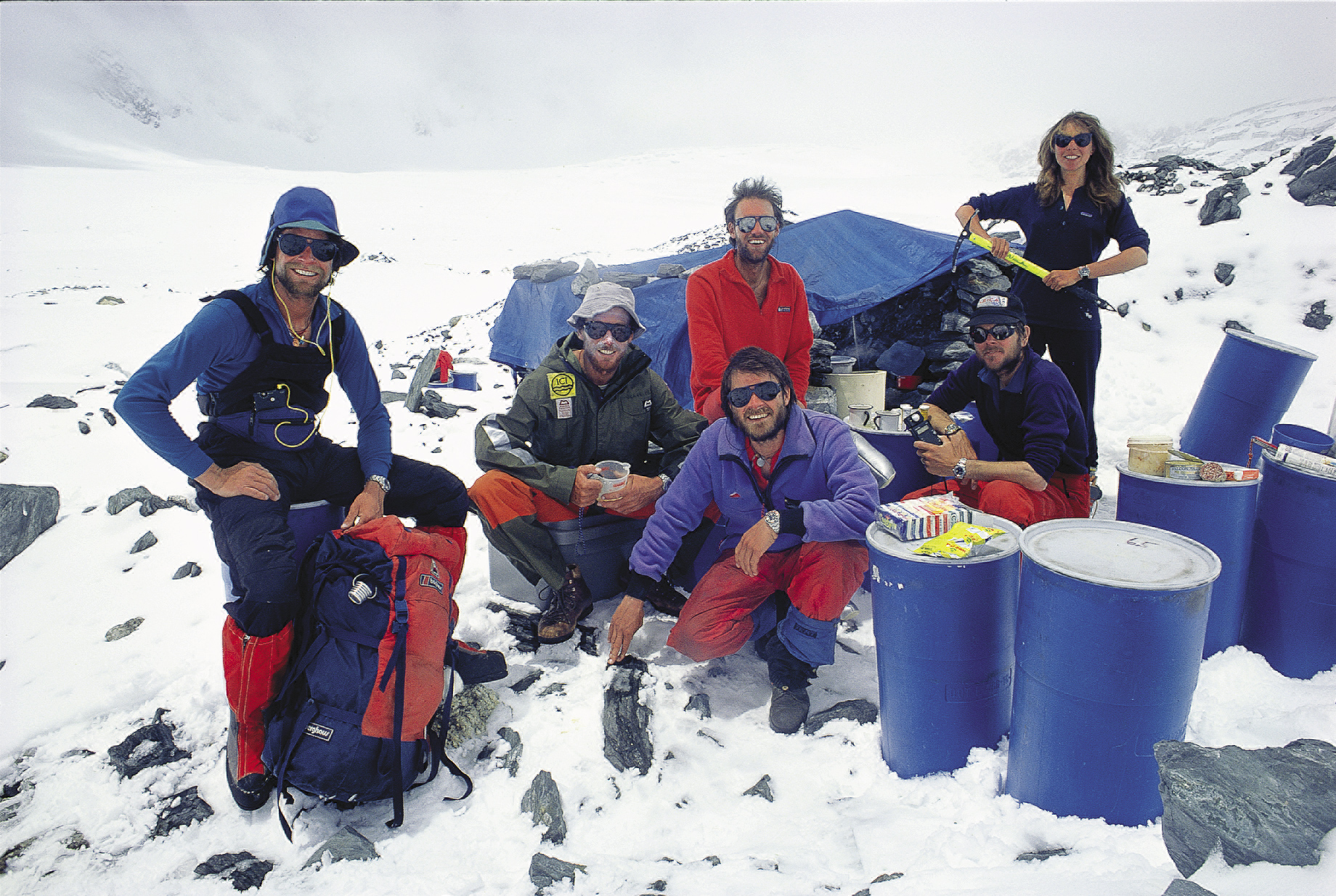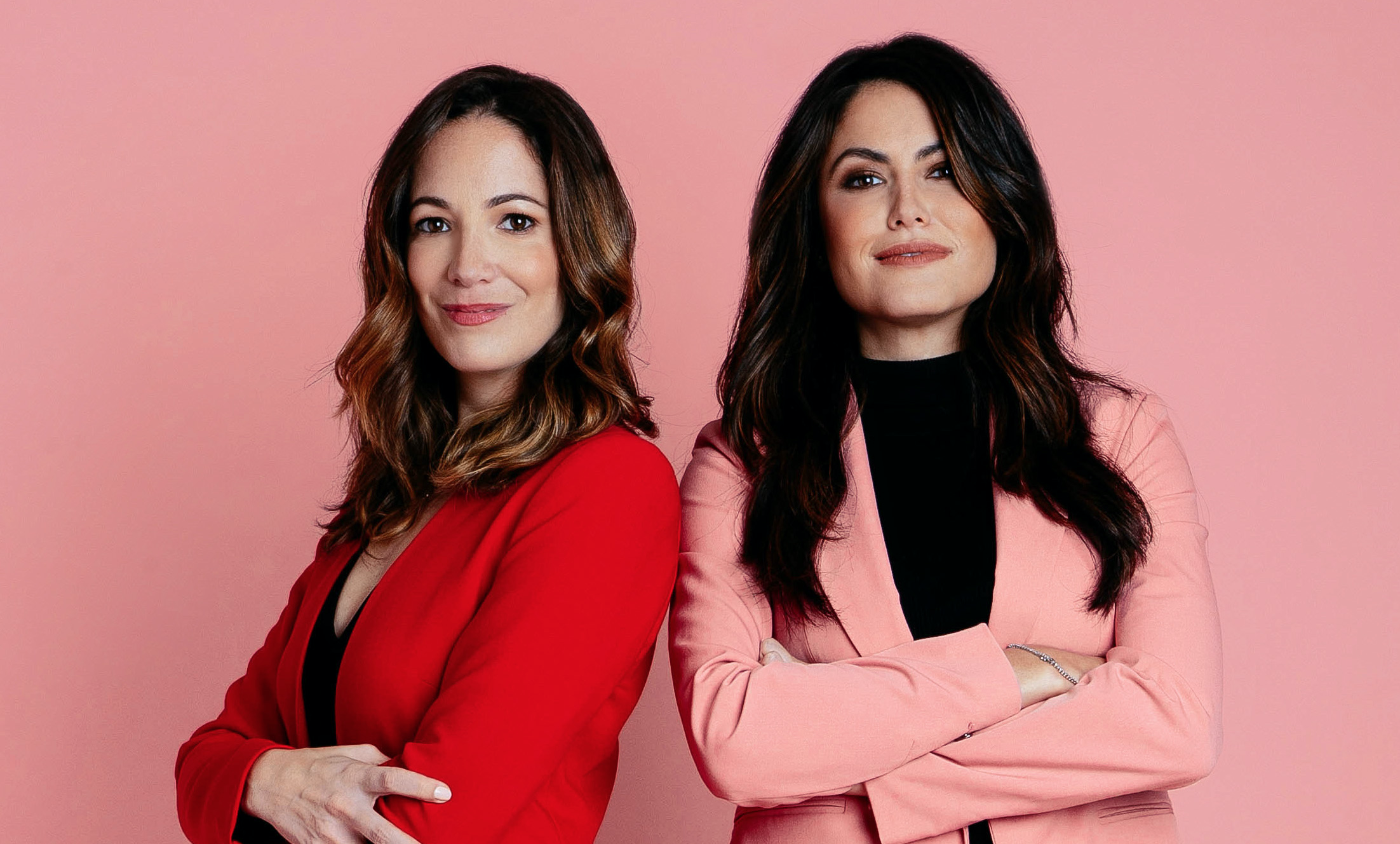
When you read about Indian women in the media, there are usually a few main narratives that grab headlines. Whether it is about violence, rape or Bollywood actresses, we have become accustomed to the way they are framed in such a public way. But with a country of 1.25 billion people, surely there are much more diverse and nuanced stories to tell, right?
For instance, why isn’t it common knowledge that 30% of Indian PhDs are earned by women? How come we don’t know more about Sushama Agarwal, a mathematician at the Ramanujan Institute for Advanced Study in Mathematics at the University of Madras in Chennai for almost two decades who is possibly one of the first two blind students to obtain an PhD from IIT-Madras?
Where are all the headlines and media stories dedicated to the incredible work of women in the science community?
Two badass women are out to change the status quo and bring visibility to the female scientific community around India, with a self-funded and created project called The Life of Science. Nandita Jayaraj and Aashima Dogra met while working as science writers for a children’s magazine 4 years ago, and realized there was a huge lack of information available about current women in science, as well as women throughout history in India.
In February 2016, TLoS was born, and has seen Nandita and Aashima traveling around the country, interviewing women for their project and sharing their expertise and journey on their website. They launched a campaign on India’s crowd-funding platform, BitGiving, where they managed to raise 1,90,273 Rupees (close to $3000 USD) which was more than what they originally asked for.

Although they started interviewing women before the campaign was launched, they have now been able to add more women to their database in the hope that TLoS will be used as a valuable resource when looking for women who are pushing the boundaries and doing important work in the field of science. So far they have featured 50 women, and plan to keep going.
The two women told thenewsminute.com how they plan to change the public perception of women in India with the scientists they profile.
“These women are role models. This is an investigation into why very few women enter science. And we are looking for answers,” said Aashima.
A few common denominators among the female scientists was that they mostly all had career support from their families, which is a big deal in such a socially conservative nation like India, and 50% of the women they interviewed had spouses in the same field. However, gender discrimination is ever-present and they believe positioning these women as cultural and industry heroes could serve to change opinions about women in the workforce or in positions of leadership.
“Women’s opinions are not even heard, they are not taken seriously. There is a culture of indifference,” they said, after recalling a story of one researcher who was asked to bring her father or brother with her to a job out in the field. There were other women who feared the implications of their story being shared in such a public way, that they asked to have their name obscured from their profile story.

Despite there being women in government institutions in scientific positions, Nandita and Aashima were met with reluctance by some, which they found to be challenging. All the more reason a project like The Life of Science is important in becoming a taboo-breaker.
They did find other women, such as Kriti Faujdar, a computer scientist in ISRO in Hassan, who were more than happy to share their story.
“My whole family watches the rocket launches live on TV. We are three sisters and our family background is not so advanced. Some other families say that girls should not work or go out of the city, but my father has never put any restrictions. I never had to fight to work, in fact sometimes I had to fight to not work,” she said.
The project has become two-fold in that is is unearthing discrimination in the science industry, while also giving voice to the hard-working women, some of whom feel they have less of an ability to speak about their careers so openly like a man. The pair of writers are keen to especially travel to places in India where the media does not go, and release reports on the women each week so that they can be shared far and wide.

Some of the most recent entries on the site include women like 56 year-old Rukmani Ramani, a food security economist in Chennai at the MS Swaminathan Research Foundation, 49 year-old Asha Abraham, an animal biotechnologist at St. Aloysius College, Mangalore, young mathematicians Manasa KJ, Kumudakshi, Manasa B., Sabari M and Rashmi M who work at the National Institute of Technology campus at Surathkal, and 28 year-old Jis Sebastian, a PhD and conservation ecologist who studies the evolution of plants in order to understand the effects of climate change.
In an article updating their followers on the progress of their project after 8 months of interviews, Aashima and Nandita started to realize how crucial their platform was.
“The numbers, though still unsatisfactory for a gender equal space, are much more than suggested by media reports, national awards for scientists and top management at scientific institutes. The lack of women in these publicly visible channels is breeding a misleading perception. This absence of role models for young women considering a future in science does no service to gender equality in the academic world,” they wrote.
But the statistics show there is still lots of room for improvement.
“There are very few women working at the scientific institutions we have visited. At one of India’s premier science institutes, Physical Research Laboratory, Ahmedabad, there are only 3 women among the seventy scientists. At Banaras Hindu University, there are only 2 women Deans (Kavita and Ramadevi) in seventeen faculties. More often than not it happens that we are met with the male boss who introduces us to one or two women in the department. When we ask: ‘Any others?’, ‘No, that’s it’ is the response,” they shared.

They also found that although 30% of PhDs are earned by women, only 10% of those women go on to do their research, which means there is a major breakdown between the academic stage and opportunities in the workforce, most likely stunted by social expectations placed on women, and a lack of support to begin with.
By sharing stories of successful women who are doing important work in science, Aashima and Nandita are going to impact and entire generation of girls who could potentially grow up viewing a number of the women profiled as their role models and career inspirations.
The pair plan to extend their idea into comics and a podcast to further the reach of their message. With a fair amount of media coverage in India on news websites and blogs, it’s clear they have started a mini-revolution.
“These stories are valuable not only from a journalistic point of view but, as we found out, also encouraging for students of science who lack female role models,” they said in their BitGiving campaign.
You can keep up to date with news of the latest women in science by bookmarking The Life of Science website.
















